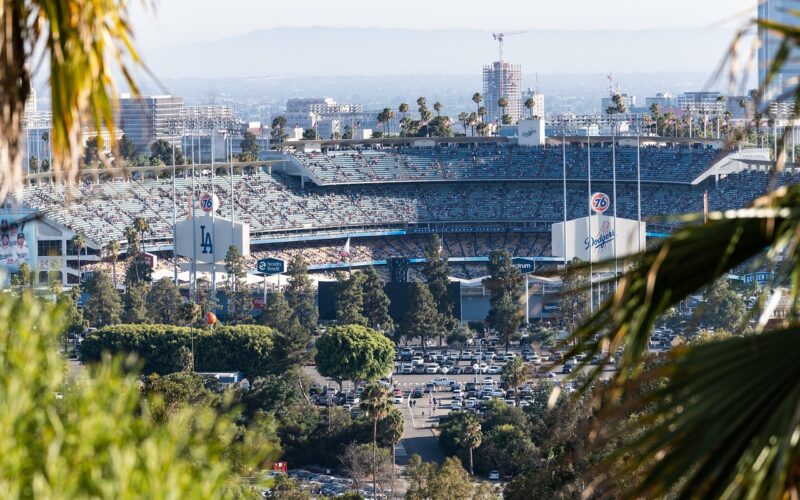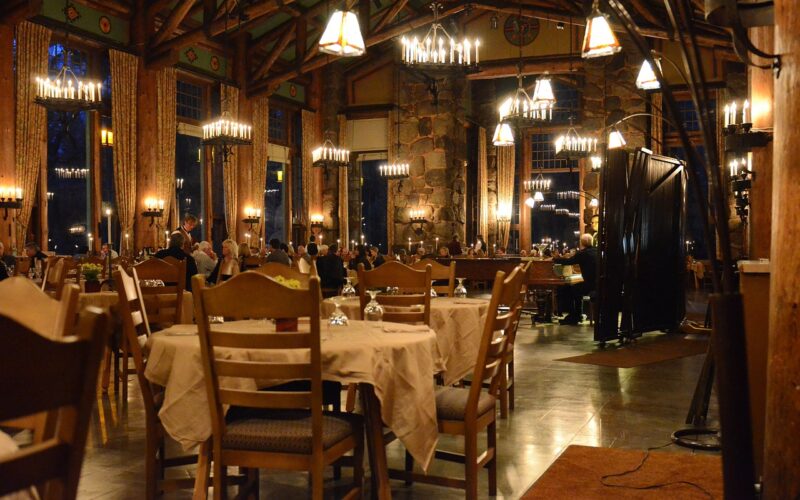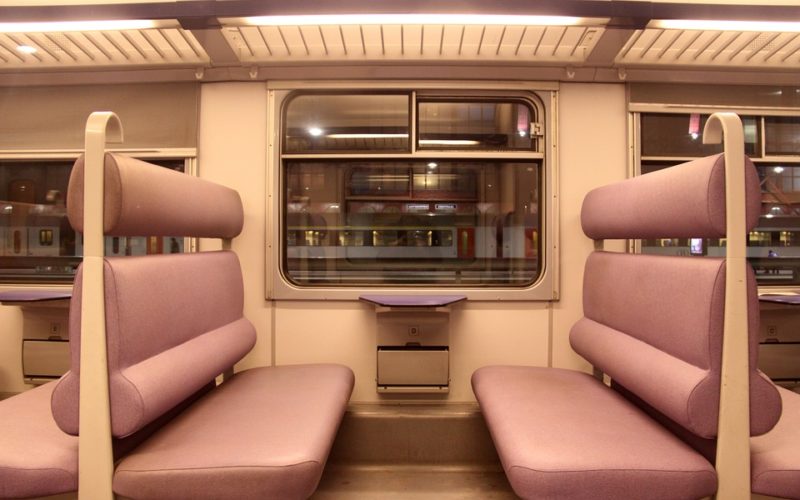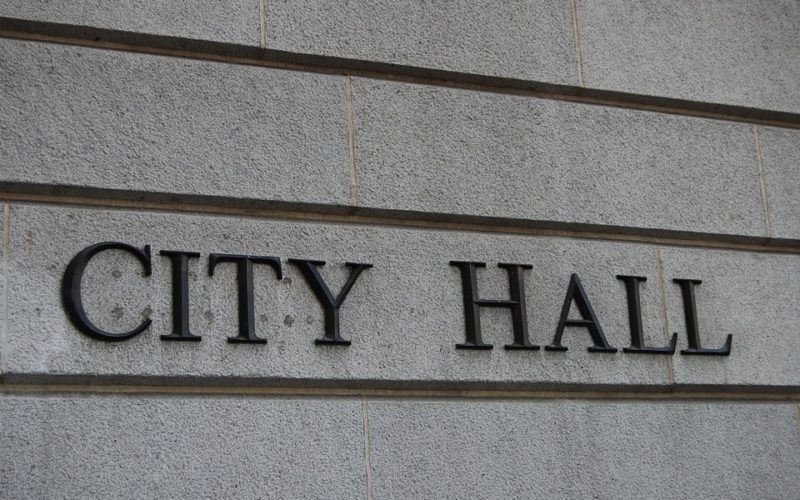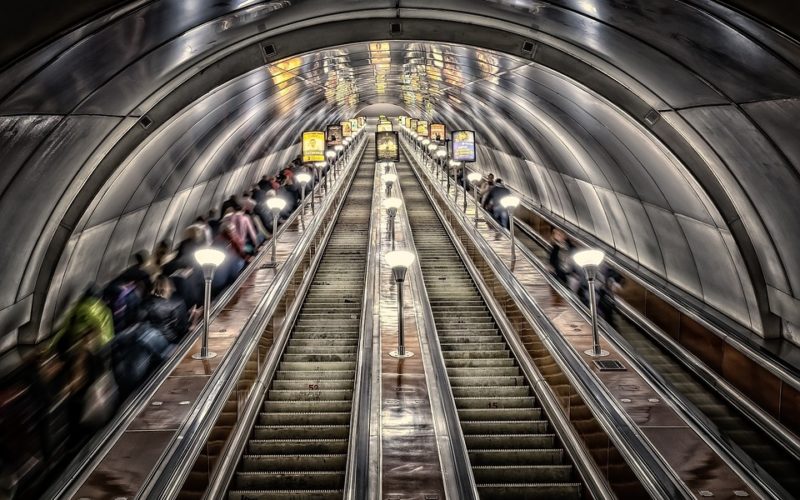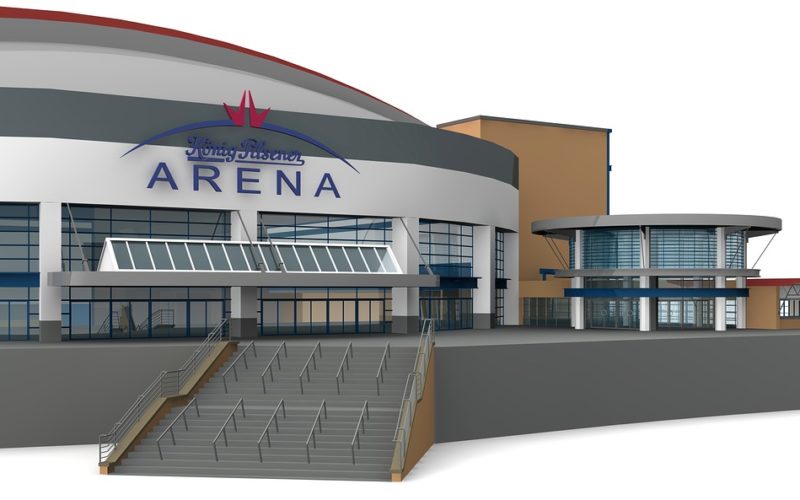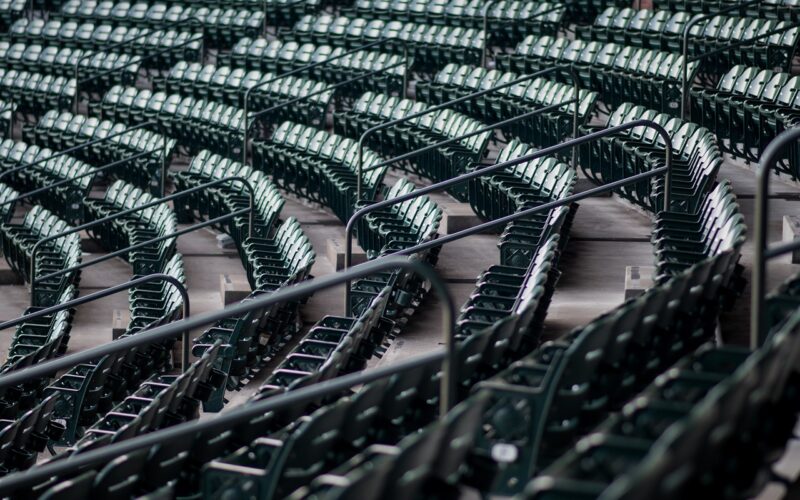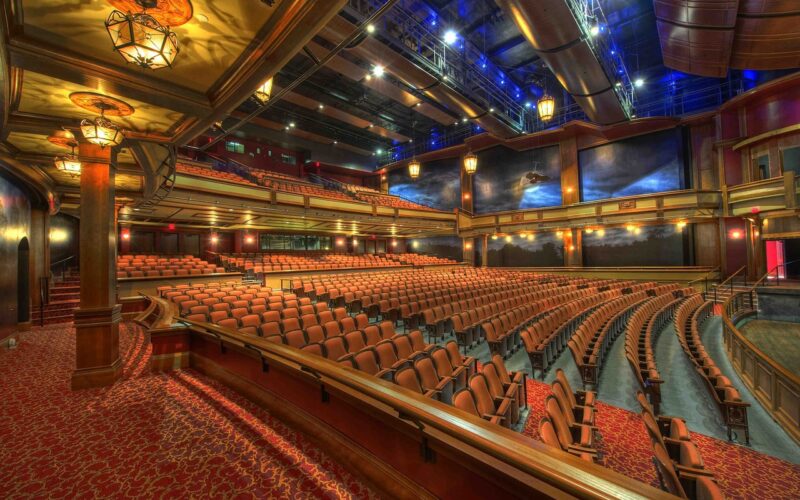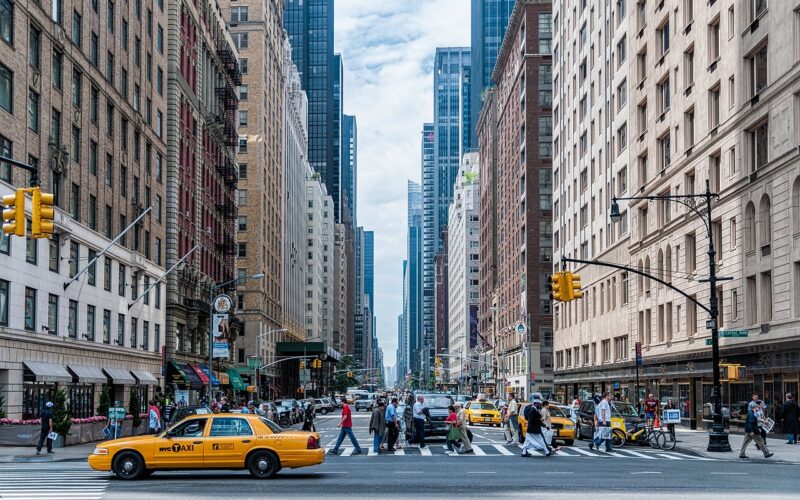Stadium Versatility
Modern stadiums have transcended their traditional roles as mere venues for sporting events. These colossal structures have evolved into versatile hubs capable of hosting an array of events, showcasing their flexibility and adaptability.
The transformation of stadiums into multipurpose facilities
The industrial revolution of stadium design came with the realisation that these spaces could serve more than one purpose. From retractable roofs and movable seating to advanced acoustics, stadiums are being built or renovated with versatility in mind. Such features allow stadiums to quickly transform from a football pitch to a concert arena, trade show exhibition, or even a giant movie theatre.
Financial incentives behind the multipurpose stadium trend
The conversion to multipurpose use is often financially motivated. Stadiums represent significant investments by city planners and investors, thus making them financially viable throughout the year is paramount. By hosting a range of events, stadiums can generate continuous revenue streams, safeguarding the financial investment made.
How stadium versatility benefits local communities
Beyond economic rationale, multipurpose stadiums significantly benefit local communities. They can function as year-round venues for community gatherings, public speaking events, and educational functions, making them true community assets. Additionally, by attracting diverse events, they help bolster tourism, creating a flow-on effect for local businesses.
Technological advancements that enable stadium flexibility
The technological innovations that make this adaptability possible are genuinely ground breaking. For example, state-of-the-art turf protection systems enable concerts and events to take place on a football field without damaging the grass. These advancements are often invisible to the public but are crucial for the quick turnaround of events.
Challenges of designing a stadium for multiple uses
Designing a stadium that caters to various needs does not come without challenges. It requires foresight into the kinds of events it needs to support while also considering crowd management, safety, ingress and egress points, and the overall experience for different types of audiences.
Examples of multipurpose stadiums around the world
A look at multipurpose stadiums around the world showcases how these structures are redefining their community roles. From London's O2 Arena, which seamlessly switches from hosting ATP tennis tournaments to star-studded concerts, to the MetLife Stadium in New Jersey, which serves both as the NFL's Giants and Jets home ground and a sought-after concert venue, the versatility of these stadiums is impressive.
To encapsulate, the modern stadium is no longer just a sports venue but a dynamic space that caters to the entertainment, social, and economic needs of the 21st century. As architects and engineers continue to push the limits of design and technology, the multipurpose stadium will surely play a pivotal role in urban development and community enrichment for years to come.
